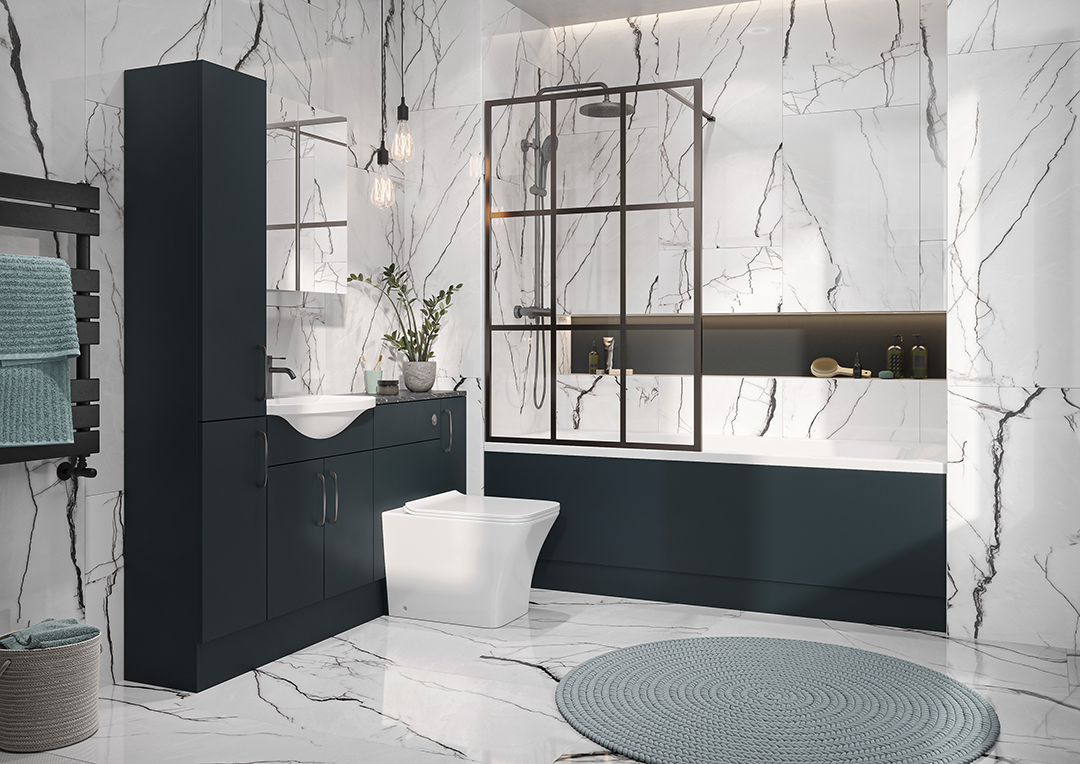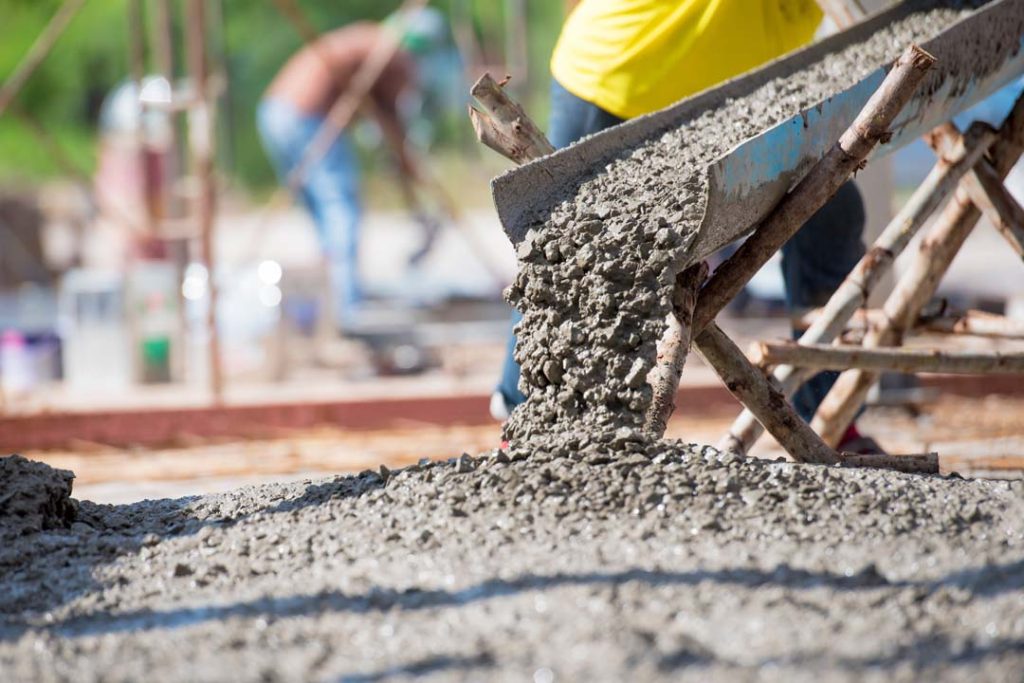Why Choose Rubber Flooring for Your Home or Gym?

Rubber flooring has been gaining popularity in recent years due to its durability, versatility, and ease of maintenance. It is a great option for homes and gyms alike, as it can withstand heavy foot traffic, equipment, and spills without losing its integrity. Rubber flooring is made from recycled materials, making it an eco-friendly choice that is also affordable. Whether you are looking for a new flooring option for your home gym, commercial gym, or sports facility, rubber flooring is a great choice.
One of the benefits of rubber flooring is its shock-absorbing qualities. This makes it ideal for high-impact workouts, such as weightlifting and CrossFit. Rubber flooring can also help reduce noise and vibration, making it a popular choice for home gyms and commercial gyms alike. In addition to its practical benefits, rubber flooring comes in a variety of colors and styles, allowing you to create a unique look for your space.
When it comes to maintenance, rubber flooring is incredibly easy to clean and maintain. It is resistant to stains, spills, and scratches, and can be easily swept, mopped, or vacuumed. This makes it a great option for homes with pets and children, as well as commercial spaces with high foot traffic.
Overall, rubber flooring is a durable, versatile, and eco-friendly choice for homes and gyms alike. Its shock-absorbing qualities, easy maintenance, and unique style options make it a great investment for any space.
How to Install Rubber Flooring in Your Home Gym or Commercial Space?
Installing rubber flooring may seem like a daunting task, but with the right tools and techniques, it can be done easily and efficiently. Whether you are installing rubber flooring in your home gym or commercial space, there are a few key steps to follow to ensure a successful installation.
The first step is to prepare the subfloor by ensuring it is clean, level, and dry. This may involve removing old flooring or filling in any gaps or cracks in the subfloor. Once the subfloor is prepped, it’s time to lay down the rubber flooring. This can be done by rolling out the rubber flooring and cutting it to fit the space. Adhesive can be applied to the subfloor to secure the rubber flooring in place.
Once the rubber flooring is in place, it’s important to seal the edges and any gaps to prevent moisture or dirt from seeping underneath. This can be done using silicone caulking or an adhesive sealer. Finally, it’s important to allow the adhesive to dry completely before using the space.
Overall, installing rubber flooring is a straightforward process that can be done with the right tools and preparation. Whether you are installing rubber flooring in a home gym or commercial space, it’s important to follow these steps to ensure a successful installation.
What are the Pros and Cons of Rubber Flooring?
Rubber flooring has become a popular option for homes and gyms due to its durability, versatility, and eco-friendliness. However, like any flooring option, there are both pros and cons to consider before making a purchase.
One of the biggest pros of rubber flooring is its durability. Rubber flooring can withstand heavy foot traffic, equipment, and spills without losing its integrity. It is also shock-absorbent, making it a great option for high-impact workouts.
Another pro of rubber flooring is its easy maintenance. It is resistant to stains, spills, and scratches, and can be easily swept, mopped, or vacuumed. This makes it a great option for homes with pets and children, as well as commercial spaces with high foot traffic.
However, there are also some cons to consider when it comes to rubber flooring. One of the biggest cons is its price.








